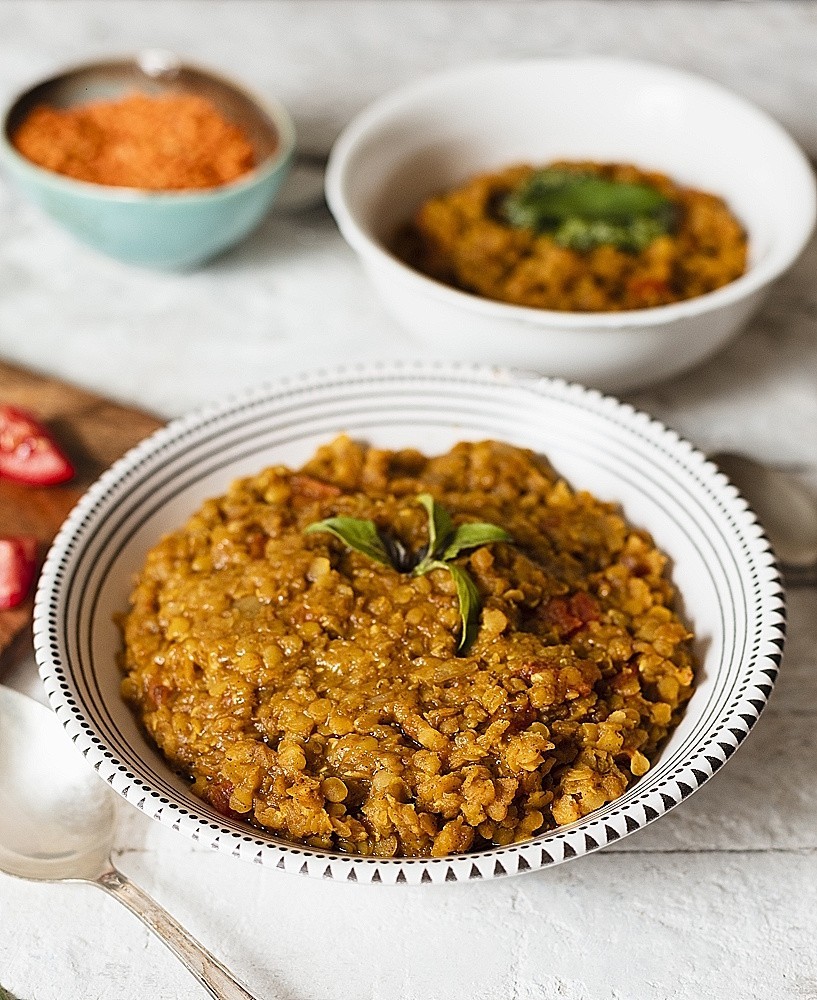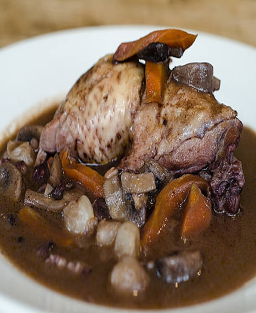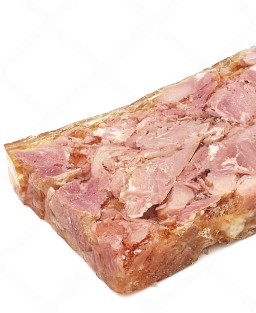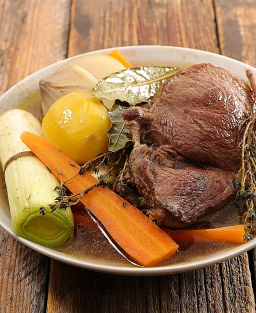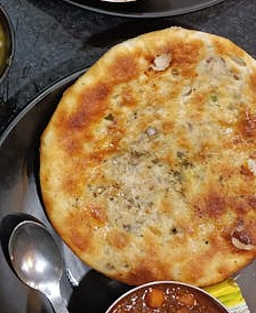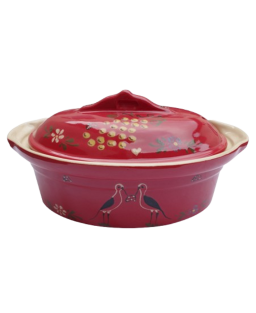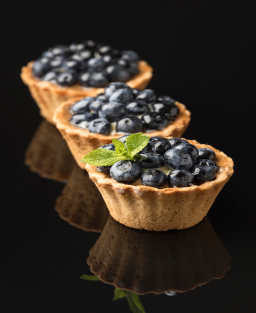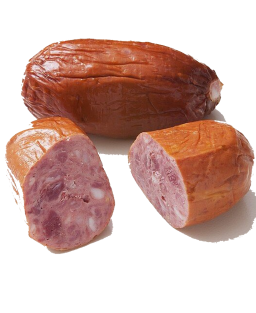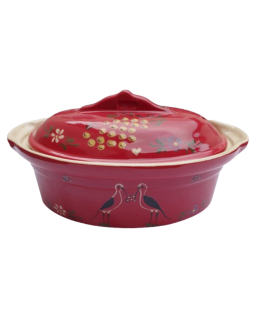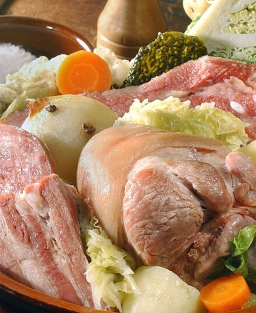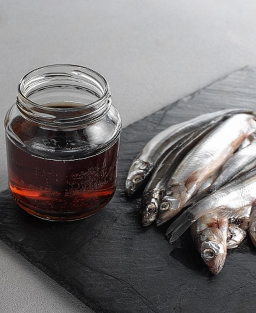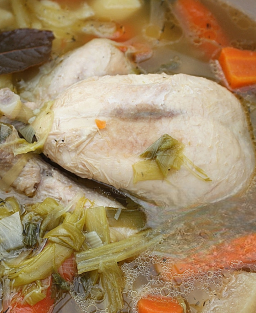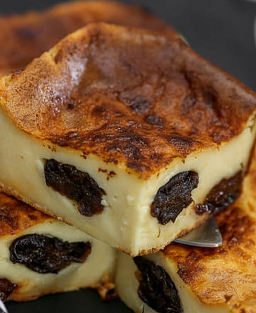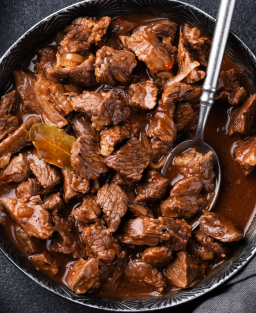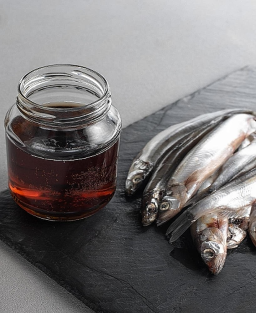खिचड़ी – पारंपरिक आयुर्वेदिक व्यंजन Kitchari Recipe – Traditional Indian Dish from Ayurveda
खिचड़ी – पारंपरिक आयुर्वेदिक व्यंजन
Kitchari Recipe – Traditional Indian Dish from Ayurveda
Country / Region
-
Country: India
-
Region: Pan-Indian (consumed across all regions, with regional variations)
-
Official status: No official label (AOP, IGP), but widely recognized in Ayurvedic traditions
-
Recipe inventor: Oral transmission – Ayurvedic medicine (ancient India)
-
Specifications: Not officially codified, but traditional Ayurvedic recommendations exist
-
Certification body: None, though referenced in Ayurvedic literature and practiced in Panchakarma treatments
History
Origin and history
Kitchari (खिचड़ी / khichṛī), sometimes spelled Khichdi, is one of the oldest and most emblematic dishes in Indian cuisine. Its origins date back several millennia, and it is deeply rooted in the Ayurvedic tradition (आयुर्वेद / āyurveda), where it is considered not only a food but also a nourishing remedy for body and mind.
In ancient Ayurvedic texts, Kitchari was recommended as a purification and restorative dish for all constitutions (doshas), especially during periods of convalescence or digestive imbalance. The combination of basmati rice and peeled mung lentils makes it easily digestible and provides an optimal balance of protein, carbohydrates, and essential nutrients.
Historically, it was prepared in royal households and monasteries to feed people in a simple yet complete way. Each region of India developed its own variation according to local spices and available vegetables, but the basic principle remained the same: a light, nutritious, and purifying dish.
Kitchari is often described in Ayurvedic literature as the “dish that harmonizes body and mind”, as it supports the digestive system, strengthens vital energy (prana), and helps maintain emotional balance. Even today, it is served in Panchakarma treatments and in many Indian households as a daily meal, demonstrating its longevity and central role in Indian food culture.
Recipe evolution
Originally, Kitchari was a very simple preparation, composed only of basmati rice, peeled mung lentils, water, and sometimes ghee. Over time, it evolved to include seasonal vegetables, additional digestive spices (such as cumin, fenugreek, cardamom, and ginger), and specific regional variants, while always respecting the fundamental principle of lightness and balance.
Legend or anecdote
An Indian legend tells that a king, sick and weak, regained his health thanks to a sage who prepared this simple and easily digestible dish for him.
Popular proverb
"Khichdi ke chaar yaar – dahi, papad, ghee aur achaar."
(Kitchari has four friends: yogurt, crispy galeta, ghee, and pickle.)
Signature recipes from three Ayurvedic chefs/practitioners
-
Dr. Vasant Lad (The Ayurvedic Institute, USA)
✦ His signature recipe includes basmati rice, mung lentils, ghee, cumin, coriander, ginger, turmeric, and a pinch of asafoetida. -
Divya Alter (Ayurvedic chef, New York)
✦ Her Kitchari is light, colorful, and adapted to seasonal and constitutional needs. -
Mata Amritanandamayi (Amma, South India)
✦ In her ashram, Kitchari is prepared simply, without garlic or onion, and served in large pots.
Recipe description
Vegetarian dish made of basmati rice, peeled mung lentils, digestive spices, and sometimes vegetables.
Ingredients (for 4–6 servings)
-
Basmati rice: 1 cup (~200 g)
-
Peeled mung lentils: 1/2 cup (~100 g)
-
Ghee (clarified butter): 1 tbsp (~15 g)
-
Cumin seeds: 1 tsp (~2 g)
-
Ground coriander: 1 tsp (~2 g)
-
Turmeric: 1/2 tsp (~1 g)
-
Fresh grated ginger: 1/2 tsp (~3 g)
-
Fenugreek (optional): 1/4 tsp
-
Cardamom (optional): 1/4 tsp
-
Salt: to taste
-
Water: 4 cups (~1 liter)
-
Fresh vegetables (optional): 1 cup (~150 g)
Preparation
-
Prepare rice and lentils: rinse thoroughly until water runs clear.
-
Heat spices: in a pan, melt ghee, add cumin, then other spices.
-
Add rice and lentils: mix well with the spices.
-
Cooking: pour in water, bring to a boil, then simmer 30–40 min. Add vegetables 10–15 min before the end.
-
Serve: hot, plain or accompanied by ghee, fresh coriander, or yogurt.
Specifications (non-codified Ayurvedic tradition)
-
Fundamental principles: simplicity, balance of doshas, gentle cooking.
-
Mandatory components: white basmati rice, peeled mung lentils, ghee, digestive spices, pure water.
-
Discouraged: garlic, onion, animal products except ghee, additives.
-
Adaptation to doshas:
-
Vata (cold, dry, wind) → add ghee, fresh ginger, root vegetables
-
Pitta (heat, acidity, anger) → avoid chili, add coriander, fennel, coconut
-
Kapha (heaviness, sluggishness, moisture) → avoid excess fat, add pepper and mustard
-
Serving
-
Simple presentation: earthenware bowl or thali.
-
Often served with yogurt, pickles, crispy papad, and lemon water.
Tips and advice
-
Use white basmati rice, well rinsed before cooking.
-
Sauté spices in ghee before adding water.
-
Adjust water quantity according to desired texture.
-
Eat hot, freshly prepared; avoid storing for more than 24 hours.
Recommended drinks and accompaniments
-
Non-alcoholic (preferred): fennel infusion, hot lemon water, ginger tea, cumin-coriander drink, warm almond milk with turmeric.
-
With wine (optional, outside Ayurvedic framework): light and dry white wines (Muscadet, Alsace Sylvaner).







